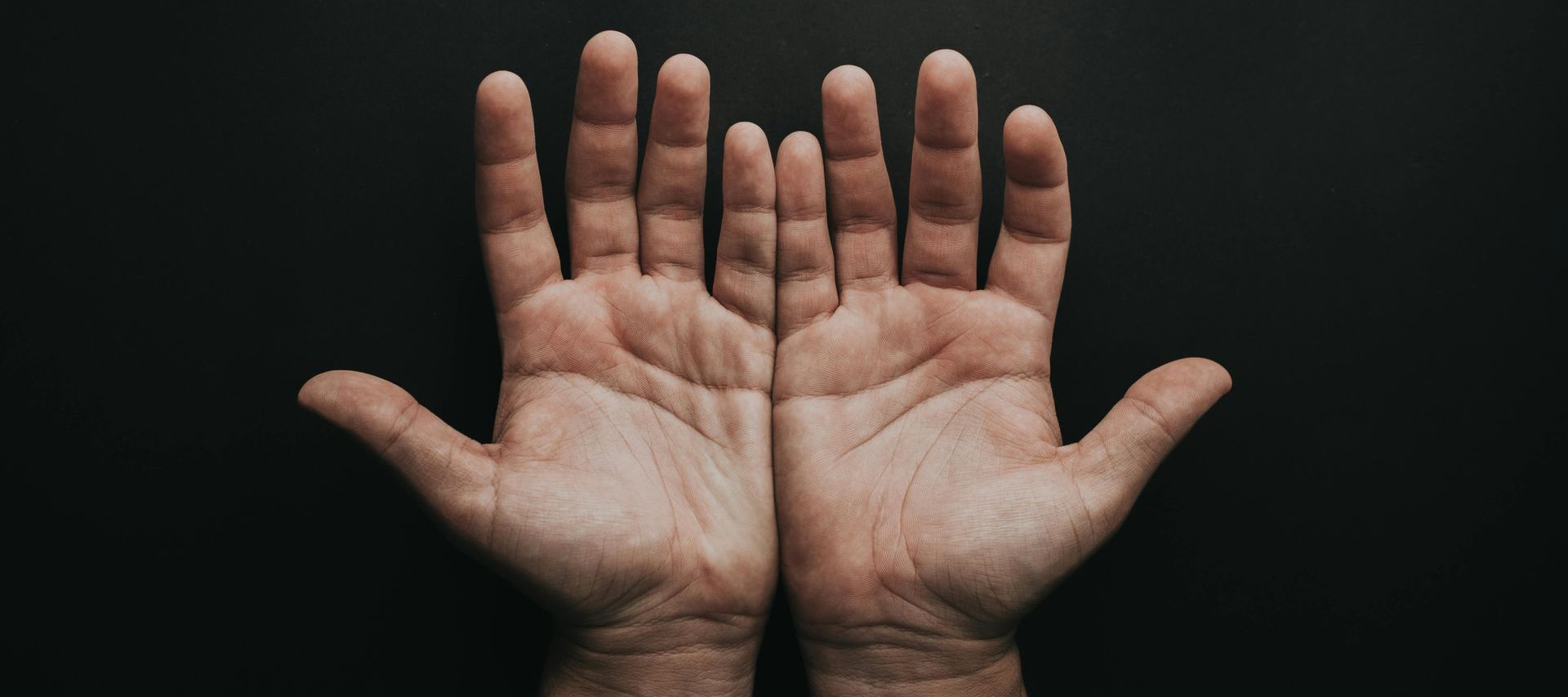Types of Chiropractic Techniques Explained
Chiropractic care isn’t a one-size-fits-all approach. In fact, there are several different techniques chiropractors use to adjust the spine and joints, depending on the patient’s condition, comfort level, and specific needs. At Rainey Chiropractic, we tailor every treatment plan to each individual, using the most appropriate techniques to promote healing and improve function.

Here’s a breakdown of some of the most common chiropractic techniques and what they’re designed to do:
1. Diversified Technique
What it is:
This is one of the most widely used chiropractic techniques. It involves quick, manual thrusts to specific joints, often accompanied by a “popping” sound caused by gas release within the joint.
Purpose:
To restore normal motion, improve alignment, and relieve tension in the spine or extremities. It's commonly used for neck, mid-back, and lower back pain.
2. Thompson Drop Technique
What it is:
This method uses a special chiropractic table with sections that gently drop as the chiropractor applies pressure. The drop enhances the force of the adjustment while minimizing the effort and stress on the body.
Purpose:
To gently adjust the spine and pelvis with less force, making it ideal for patients who prefer a softer approach, including older adults or those with certain sensitivities.
3. Activator Method
What it is:
A handheld instrument delivers a gentle, controlled impulse to the spine or joints without manual twisting or cracking.
Purpose:
To target specific areas with precision, often used for patients with arthritis, infants, or those who prefer a low-force adjustment technique.
4. Flexion-Distraction Technique
What it is:
Performed on a special table that moves in a rhythmic motion to gently stretch the spine. The chiropractor guides the movement to relieve pressure on discs and spinal nerves.
Purpose:
To manage conditions like herniated discs, sciatica, and spinal stenosis. It’s a gentle technique especially beneficial for lower back pain.
5. Gonstead Technique
What it is:
This method involves a detailed analysis of spinal alignment using X-rays and precise palpation before adjusting. The adjustments are highly targeted and specific.
Purpose:
To correct misalignments at a deeper structural level. It’s known for its focus on biomechanics and specificity.
6. Manual Extremity Adjustments
What it is:
In addition to spinal work, chiropractors can adjust other joints like the shoulders, wrists, hips, and knees.
Purpose:
To restore mobility, reduce pain, and support recovery in areas affected by injury, overuse, or misalignment.
Choosing the Right Technique for You
At Rainey Chiropractic, we take the time to evaluate your condition, listen to your preferences, and determine which techniques will work best for you. Some patients respond well to a combination of methods, while others benefit from one specific approach.
Whether you’re looking for gentle, instrument-based care or traditional hands-on adjustments, our goal is always the same: to help your body function at its best and support your recovery.
Curious about which chiropractic technique might be right for you? in St. Petersburg today to schedule a personalized evaluation.



